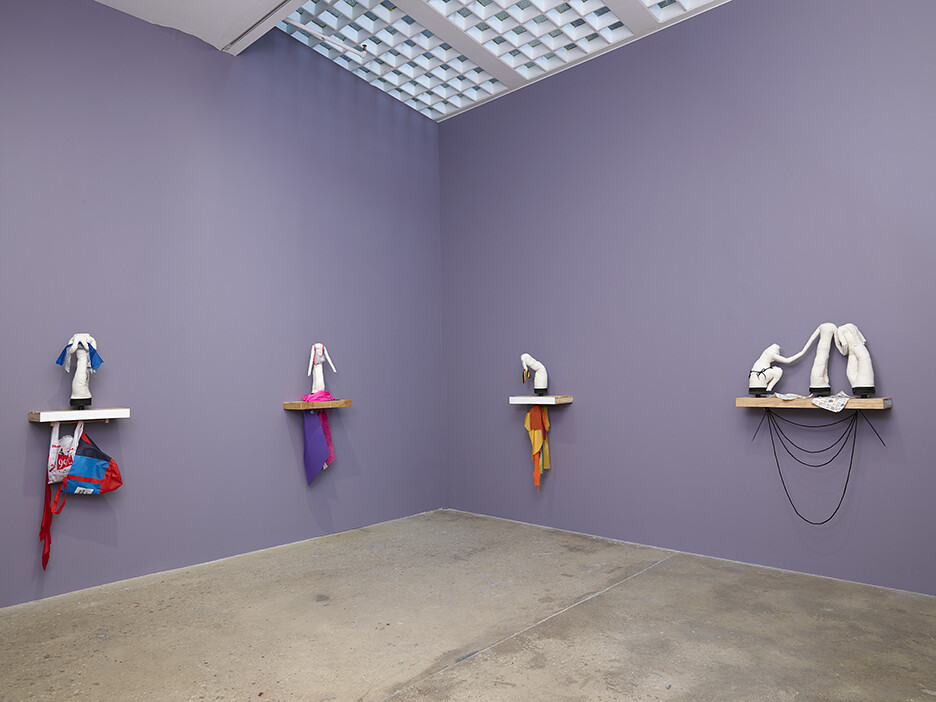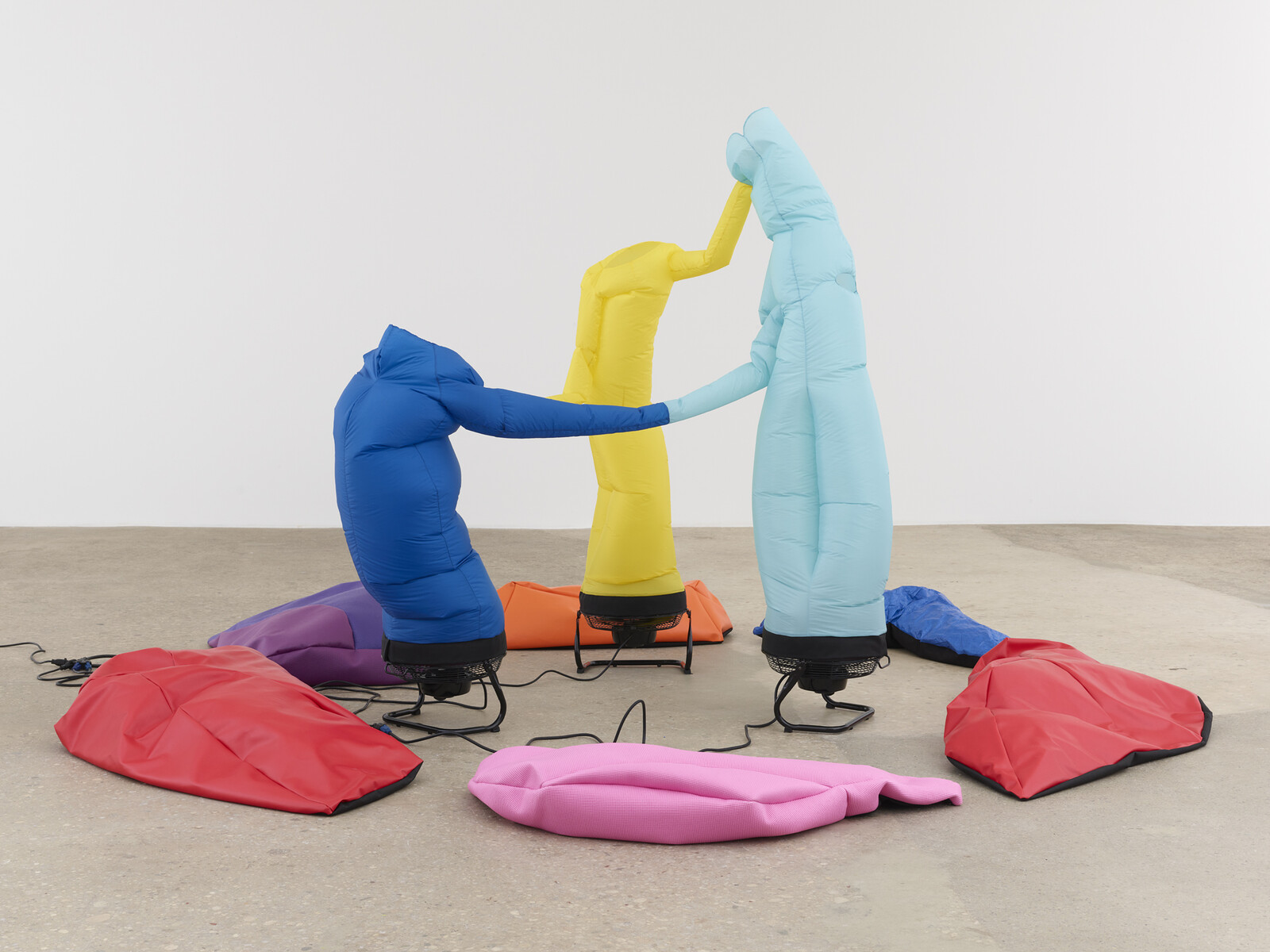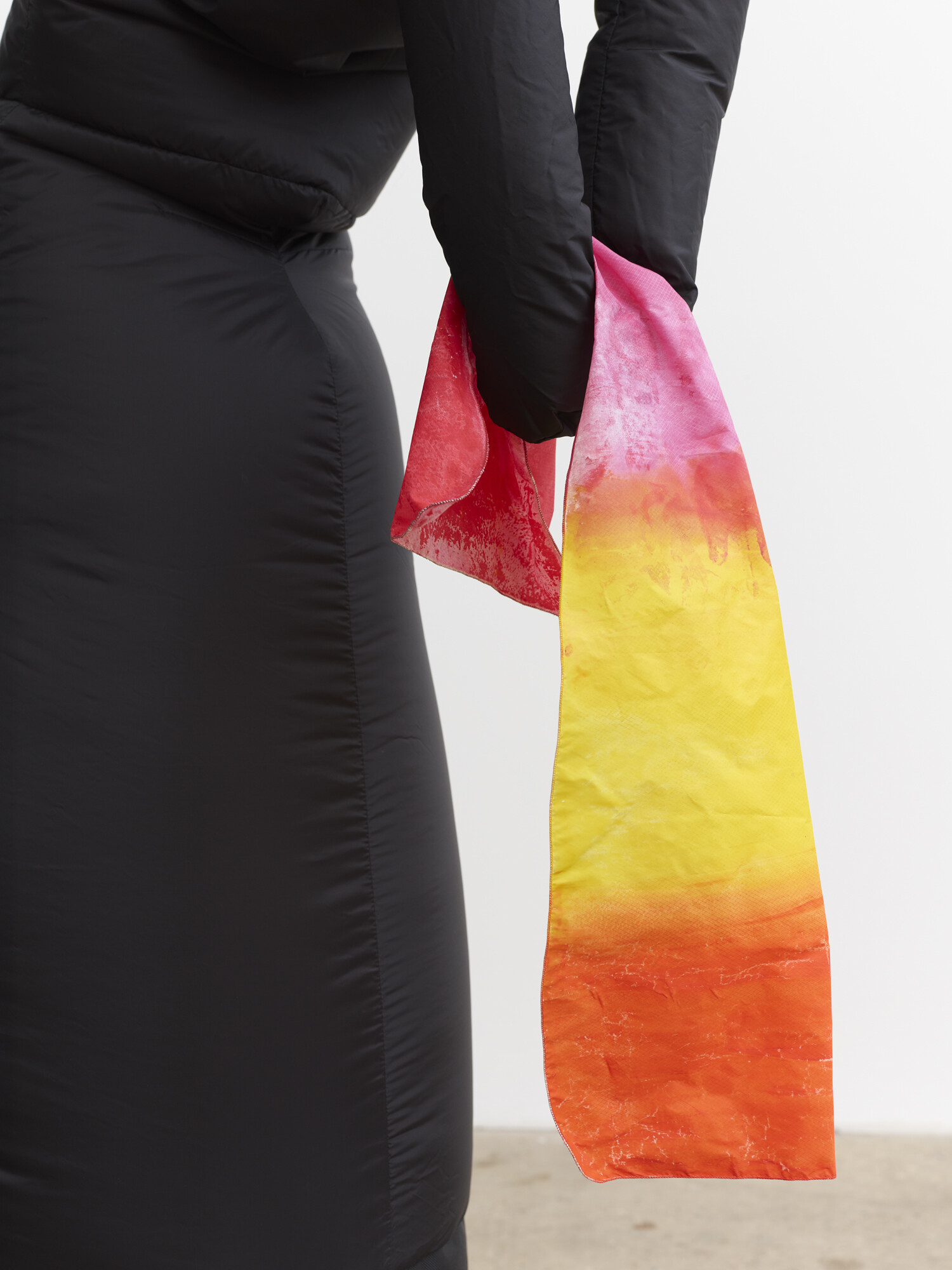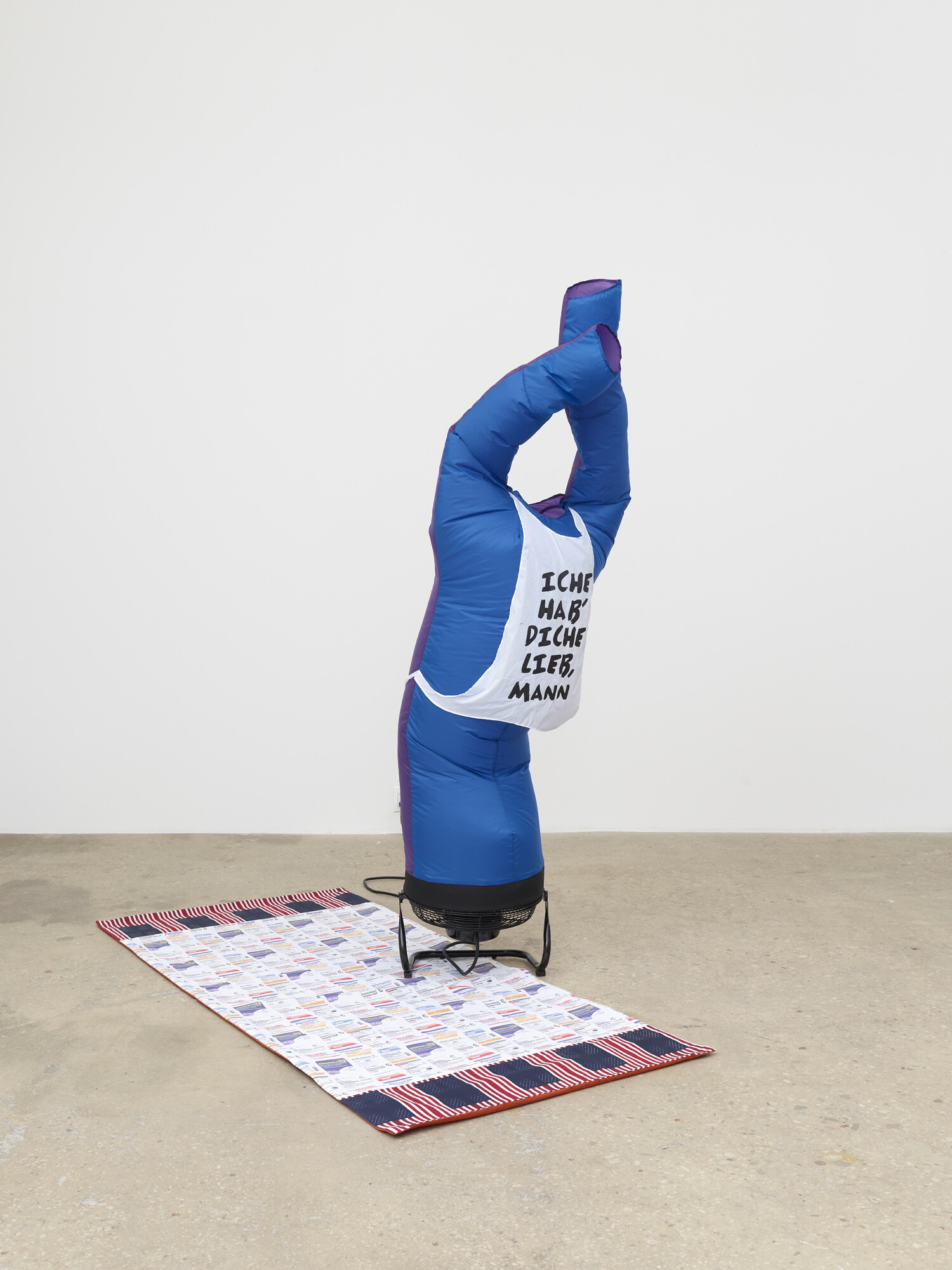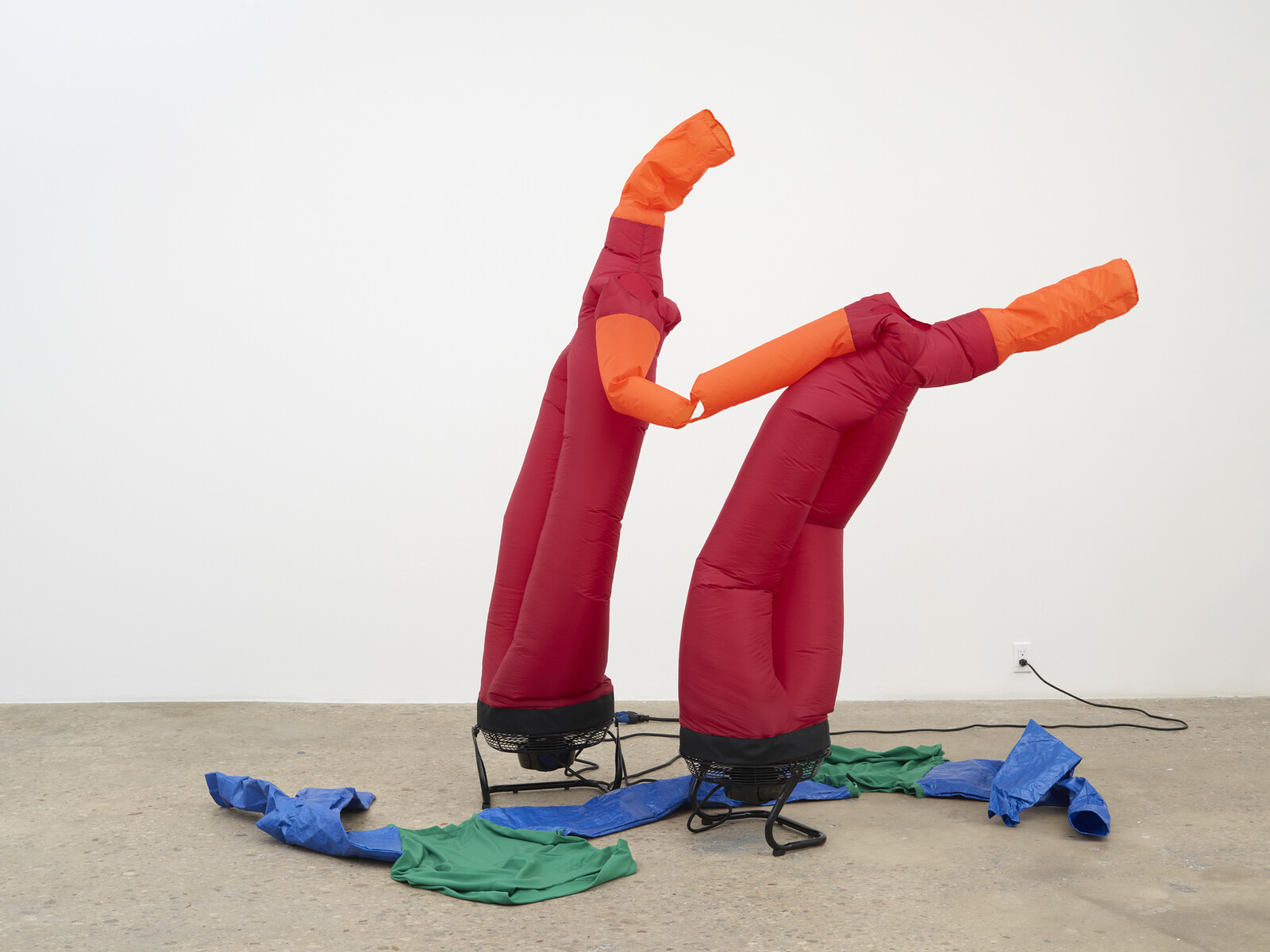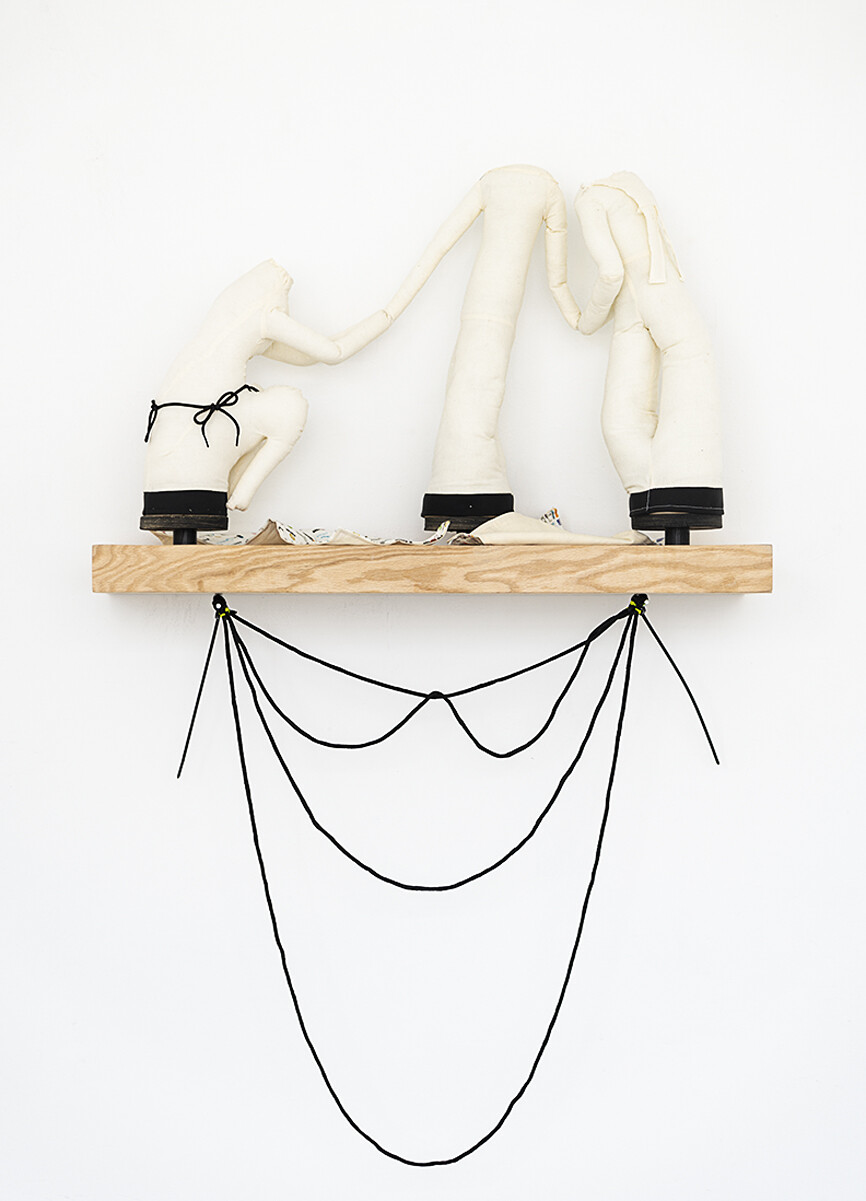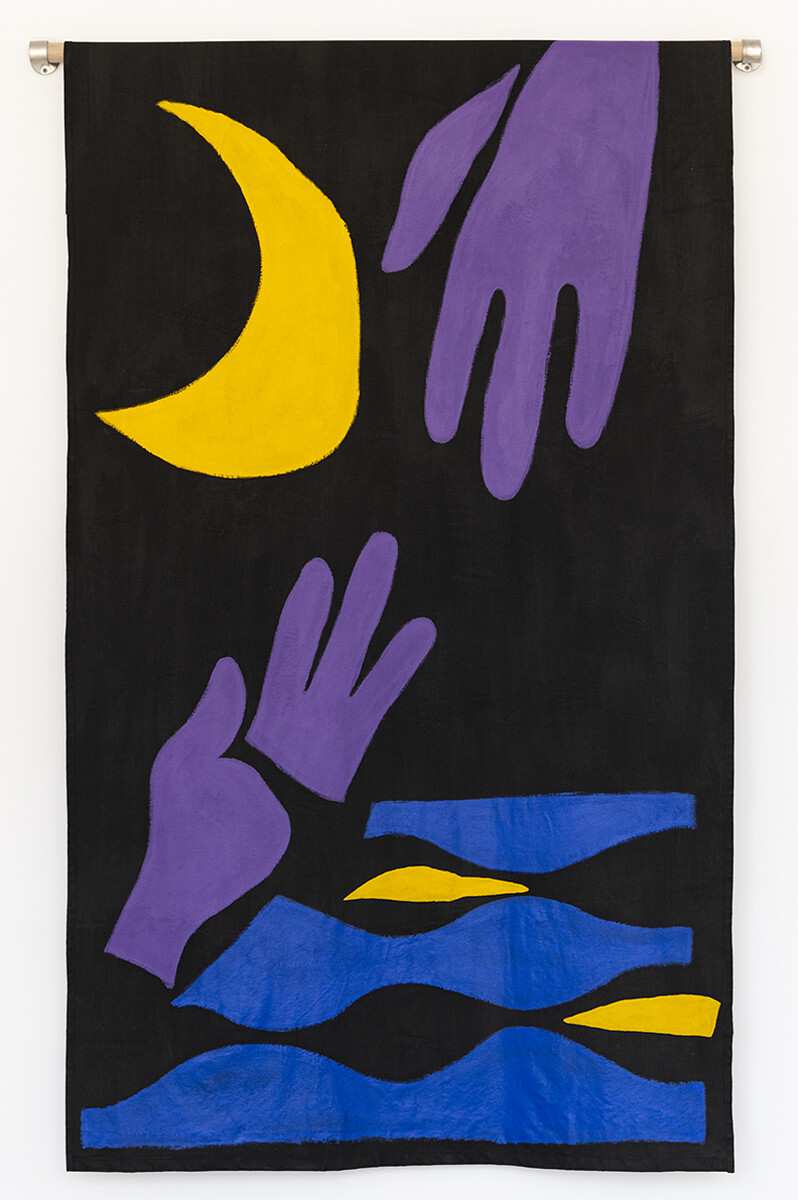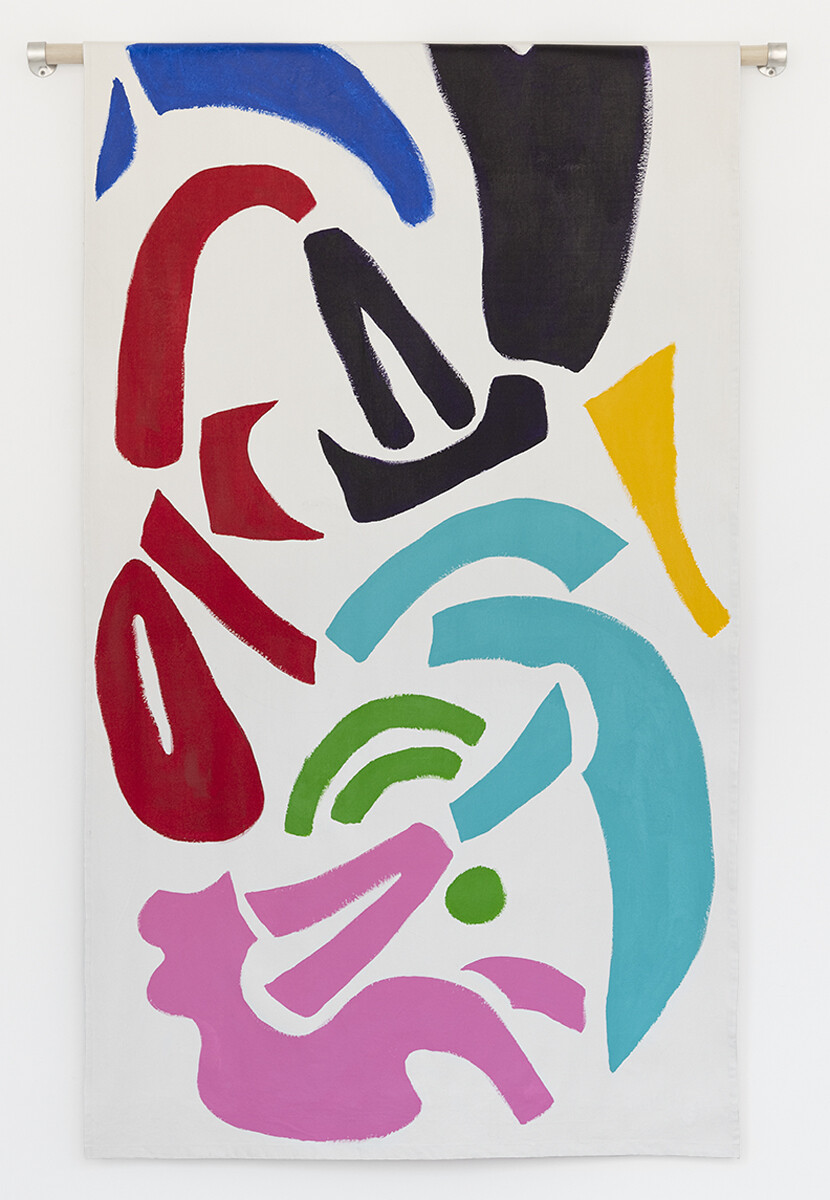The figures in Paul Chan’s work have frequently been subject to powerful outside forces. In the large-scale animated video Happiness (Finally) After 35,000 Years of Civilization (After Henry Darger and Charles Fourier) (1999–2003), which helped garner Chan initial acclaim, a group of prepubescent girls with origins in Darger’s writings are threatened by a war raging around them. Every object in The 7 Lights series (2005–07) of digital projections is subject to the same gravitational pull. The physical and sexual violence depicted in black-and-white silhouette in the mural-sized and nearly six-hour-long digital video projection Sade for Sade’s sake (2009), created in the wake of the Abu Ghraib torture revelations, is larger than any one person; rather, it is institutional and endemic. Even Chan’s more documentary-style video essay, Baghdad in No Particular Order (2003), was shot during a visit to Iraq and ominously foretells a war that would leave hundreds of thousands dead and a country in near total ruin.
It is understandable that Chan eventually took a hiatus from these labor-intensive screen-based projects, and from the ubiquity of screens in general, while continuing to think about the centrality of images in a rapidly digitizing world. Recently, he has been producing bodies of work that he describes as moving images without a screen. Part of a larger collection of the “Breathers” figures that he debuted at Greene Naftali in 2017, Chan’s current exhibition includes a group called “Bathers.” Both sets feature humanoid shapes made from nylon fabric positioned over black industrial fans that blow them to and fro—another example of individuals at the mercy of external influences. In 2017, these Breathers were mostly black and white, and some of the latter—including a small family—looked to be wearing Klansman hoods.
In contrast, the current collection is brighter and more colorful, as if ready for the beach or pool. Some wear parts of bathing suits and hold pieces of fabric meant to serve as towels. Yet these undulating figures do not seem to be having tons of fun, or maybe they are having the kind of coerced enthusiasm that can be exhausting to experience. After all, when the fans are on, the Bathers rarely rest. Some flap more wildly, while others gyrate or sway, and Chan has experimented with various shapes, materials, and velocities so that he can control their movements. These Bathers are also more vulnerable and exposed than previous Breathers, who had a quality of self-containment in being placed on stages, plinths, or jutting from the wall, and whose hooded versions projected a sense of menace.
Of the current crop, La Baigneur 7 (Teenyelemachus) (2018) is the most somber. Made with black nylon and holding a piece of fabric in clasped arms that bows the figure slightly forward, it moves less frantically and at times struggles to stay upright. It is surrounded by different worn shoes filled with concrete and plugged into each other with extension cords—a recent motif in Chan’s work that may indicate the serious responsibility, or possibly just the burden, of living in an increasingly interconnected world simultaneously pervaded by displacement. Across from this figure are four interconnected ones (Katabasis [2019]) joined by the arms, whose movements make them look to be engaged in a dance or maybe a minor struggle. One wears a tank top with Thomas Hobbes’s famous phrase “the war of all against all” printed in Latin. The solitary Bropheus (2019) also wears a shirt which says “I love you, man” in German as it floats above a piece of fabric printed with the packaging for prescription opioids. The three blue, yellow, and teal figures constituting Khara En Tria (Joyer in 3) (2019) move playfully and exuberantly, coming closest to the pleasure that the notion of a bather is meant to evoke. They celebrate difference in their linkage. Conversely, Los Baigneur (Poordysseus) (2018) bangs against the vertical wood-and-glass vitrine inside which it is entrapped and on display, a study of limited means (slyly signaled by the subtitle) and agency.
Concurrently on display (until January 12, 2020) at the Guggenheim Museum in New York City is Chan’s contribution to the exhibition “Artistic License: Six Takes on the Guggenheim Collection,” for which the museum asked six artists to curate small shows from its collection. Chan’s is entitled “Sex, Water, Salvation, or What Is a Bather?” and asks that joy and pleasure accompany political resistance to a world on fire. Alongside the Bathers at Greene Naftali are paintings on unstretched canvases hung like towels from wood rods. They abstract and dissect physical shapes and motions from the kinetic figures on display, and bear a resemblance in form and color to Henri Matisse’s cut-outs. In the back gallery is a striking set of small, stuffed, and static versions of the Bathers; they are placed on shelves from which also dangle scraps of yoga mats, fabric, mesh, and an Opening Ceremony tote bag. Like the Bathers, none have a discernible head. The hope of imagining a better world and the pessimism at its possibility, the difficulty in separating pleasure from violence, and the effort to empower individuals and collectives in the face of overwhelming structural odds have each been important components of Chan’s work from the beginning. What has changed most dramatically is his desire not to watch all of this unfold onscreen.

